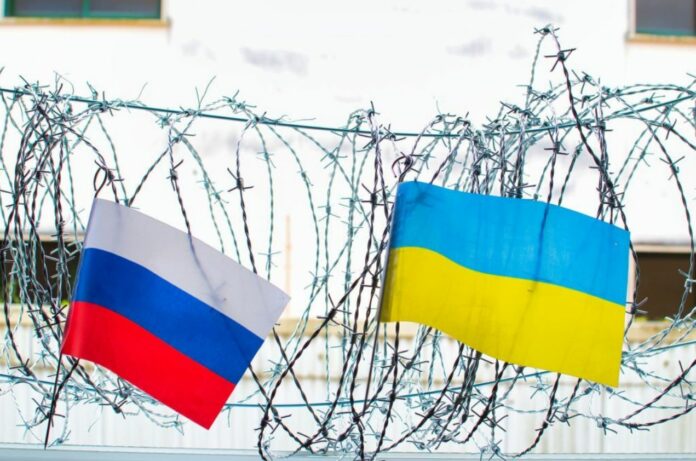Scientists at the Complexity Science Hub claim that their new mathematical model may predict the war at its early stages.
A new statistical model capable of recognizing connections between different battles in Africa, with potential applicability to other armed conflicts globally, has been developed by researchers at the Complexity Science Hub, according to a recent study.
Global political violence saw an uptick of 27 percent last year, impacting 1.7 billion people. This data has been sourced from the Armed Conflict Location & Event Data Project (ACLED) which routinely gathers conflict-related data from across the world.
While some armed conflicts happen between different countries like the Russian invasion of Ukraine, most unfold within a single country’s boundaries. Nigeria has seen a surge in violence in recent years, largely due to Boko Haram, while ongoing conflict and assaults by armed factions, especially Al-Shabaab, continue to pose a threat to Somalia’s populace.
Addressing the problem of comprehending the propagation of violent events, a team at the Complexity Science Hub developed a mathematical method that processes raw data on armed conflicts into significant clusters by identifying causal relationships.
Niraj Kushwaha, a scientist at CSH and coauthor of the study published in PNAS Nexus, explains that their main aim was to define conflict in a quantitative and unbiased manner, and to identify potential correlations between various violent incidents purely based on data.
A Multiscale Portrait of Conflict
The team’s technique allows for examining a conflict from multiple perspectives – as a local issue when seen closely, or as a piece of a wider geopolitical puzzle when viewed from afar – enabling a multiscale portrait of conflict, explains coauthor Eddie Lee.
The researchers derived inspiration from physics and biophysics to explore the various dimensions of political violence. Their novel approach is drawn from the study of stress distribution in failing materials and neural cascades in the brain.
Using ACLED’s data on violent conflicts in Africa from 1997 to 2019, Kushwaha and Lee divided the geographical area into a grid and time into sequential segments. By studying the occurrence or absence of conflicts in each cell over time, they could predict the emergence of new battles.
Kushwaha explains that a connection between two cells indicates that “a conflict at one location can predict a conflict at another location,” enabling them to group “different conflict events” together using this causal network.
Avalanche-Like Spread of Armed Clashes
The researchers found that armed conflicts spread in a manner reminiscent of avalanches, with a conflict originating in one place and then cascading outwards, a phenomenon that mirrors snow or sandpile avalanches.
Kushwaha and Lee also determined a “mesoscale” for political violence, suggesting that violence seems to spread over a few days to months and across tens to hundreds of kilometers.
They found that their conflict data matched those from on-ground studies in Eastern Nigeria, Somalia, and Sierra Leone. Kushwaha adds that their model linked Fulani militia violence with Boko Haram battles in Nigeria, indicating a relationship between these conflicts.
Predictive Tool for Policymakers
The authors believe that their model could prove useful for policymakers and international agencies, providing insights into otherwise hidden causal links in violent conflicts and potentially helping to forecast the evolution of war at an early stage. This approach could aid in making more effective policy decisions, such as allocating resources efficiently, Kushwaha noted.
Image Credit: Getty
